You know that look. The one where your dog transforms from sweet family member to seemingly possessed creature the moment they spot another dog across the street. Their body goes rigid, hackles rise, and suddenly you’re dealing with a lunging, barking tornado on four legs. Maybe you’ve tried everything from treats to gentle corrections, only to watch your well-meaning efforts fall flat. Here’s the truth: reactive dogs aren’t bad dogs, and you’re not a failed owner.
Many dogs are classified as reactive, which means you’re definitely not alone in this challenge. The good news? With the right techniques, many can learn to stay calm and focused. These eight evidence-based approaches have helped countless reactive dogs find their zen, giving both pups and their humans the peaceful walks they’ve been dreaming of.
The Magic of Strategic Distance Management
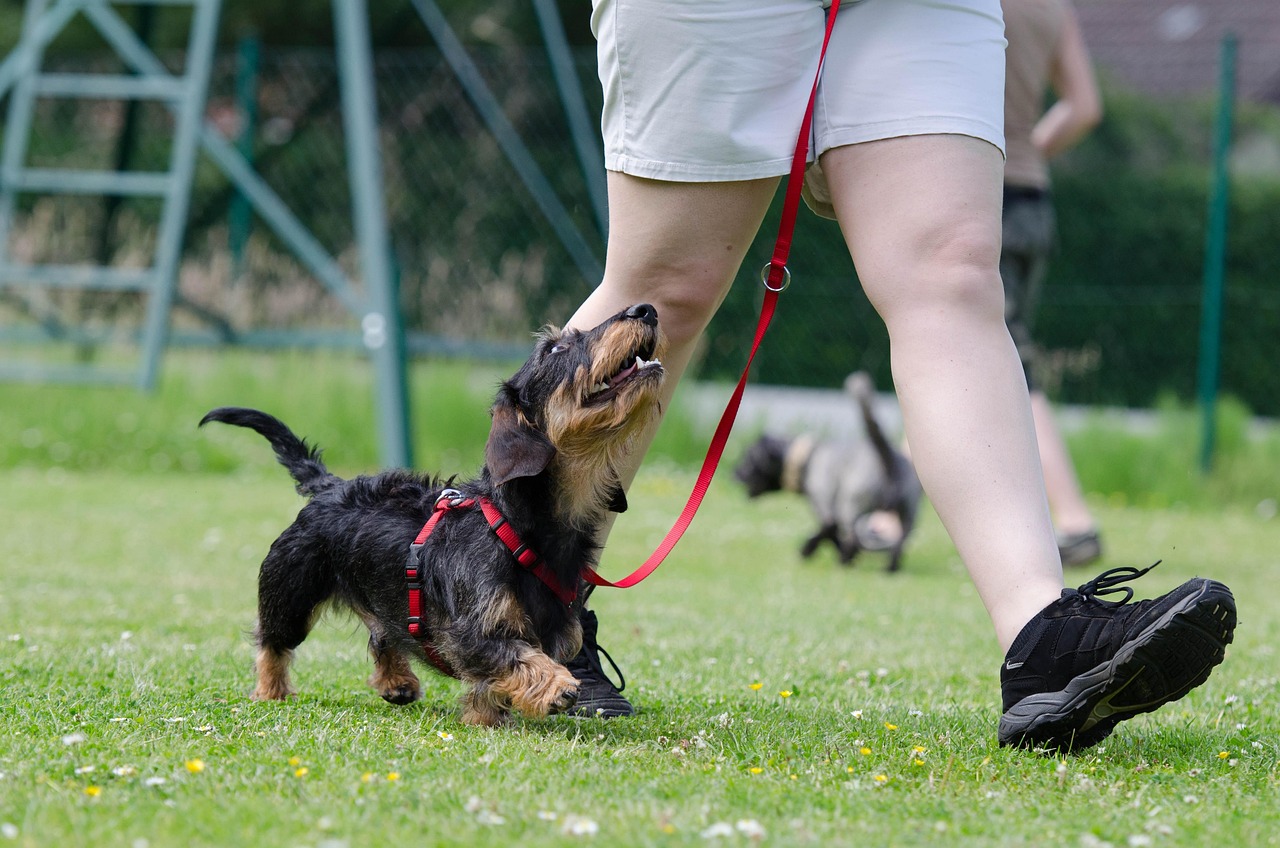
Think of distance as your dog’s emotional airbag. When a dog perceives something as a threat or is overwhelmed by something, giving them space allows them to feel safer and reduces their immediate urge to respond with barking, lunging, or other reactive behaviors. This isn’t about avoiding the world forever but rather finding your dog’s “sweet spot.”
The green zone is where you want your dog to be during desensitizing training. They’ll be happy to sniff the ground and take treats, so they can focus on you and follow your commands on a relaxed leash. Picture it like personal space at a crowded party. Too close and everyone feels uncomfortable; just the right distance and conversation flows naturally.
Start by identifying your dog’s threshold distance. If they move into more reactive zones, increase the distance between them and the trigger until they are comfortable. This distance will shrink over time as your dog becomes more confident, but rushing this process is like trying to sprint before learning to walk.
Counter-Conditioning Magic
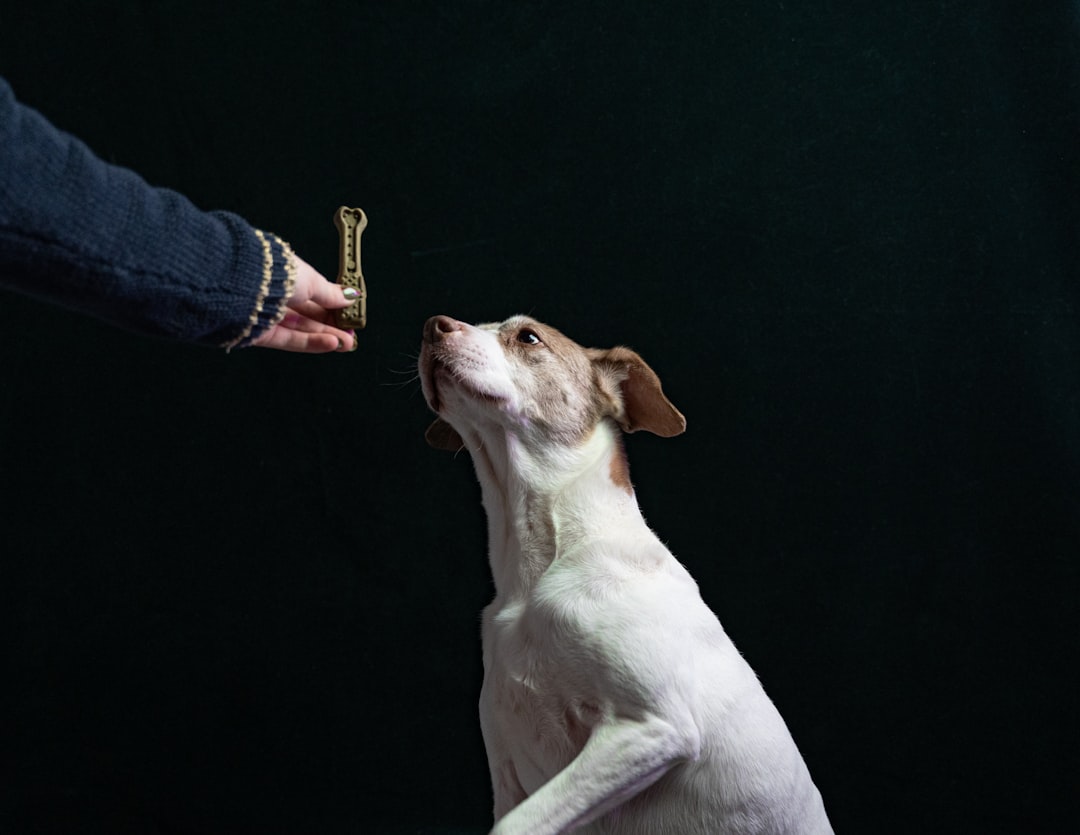
Counter conditioning teaches your dog that good things happen when their trigger is around. Imagine if every time you saw your biggest fear, someone handed you a hundred-dollar bill. Eventually, you’d start looking forward to those encounters. That’s exactly what we’re doing for your reactive dog.
If we give our dog something awesome every time they see a trigger, they will eventually understand that the trigger predicts the appearance of awesome things. The key is using truly exceptional rewards. Pick a really fantastic treat. Steak or chicken or cheese. We’re talking about the good stuff here, not their regular kibble.
The timing matters enormously. Reward your dog immediately after they display calm behavior. This way, they can understand which actions you favor. Think of yourself as a living treat dispenser that activates the moment your dog spots their trigger but remains calm.
The “Look at That” Game
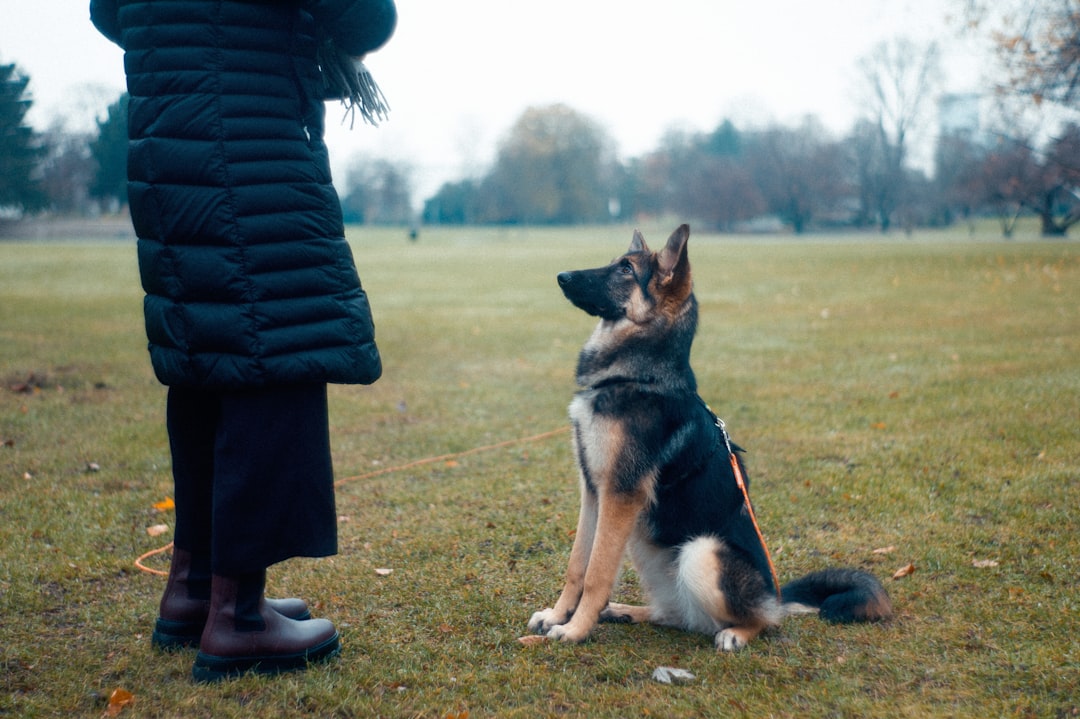
This technique transforms your dog’s natural tendency to notice triggers into a trained behavior that earns rewards. Teaching your dog to look at you on command can be a valuable tool in managing reactive behavior. By training your dog to focus on you, you can redirect their attention away from the trigger and help them calm down.
Start simple with high-value treats. When your dog makes eye contact, you say “look” and give them the treat. With time and practice, your dog will look at you when they hear the word “look.” Being able to reliably get your dog’s attention can help you stop a reactive episode from happening.
The beauty of this approach is that it builds communication between you and your dog. Our goal is that she learns that dogs equal treats. Then she’ll start looking at dogs and then looking back at you for treats. Eventually, your dog will automatically check in with you when they notice something interesting, creating a partnership rather than a battle of wills.
Sniffing Adventures for Stress Relief
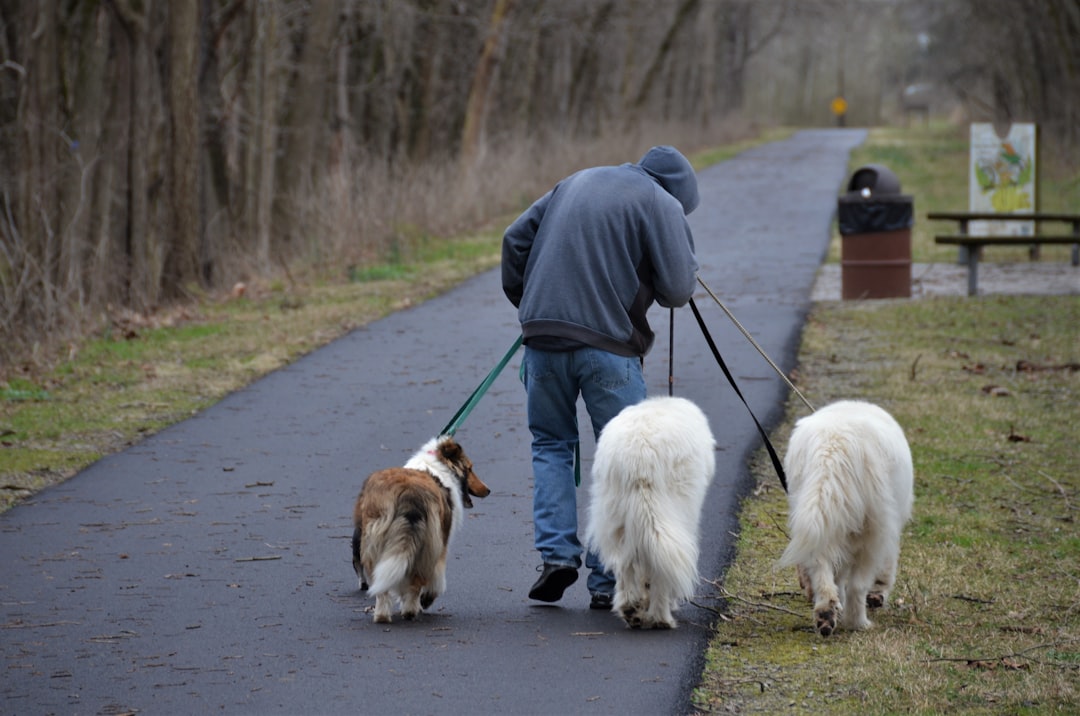
Never underestimate the power of a good sniff session. Sniffing is a natural dog behavior that’s been shown to have calming effects. Engaging their nose lowers heart rate and activates the parasympathetic nervous system – the body’s rest and digest mode. The faster and more intensely a dog sniffs, the quicker their pulse lowers.
Sniffaris are walks done on a long leash or off-leash with the sole intent of letting your dog sniff to their heart’s content. On a sniffari, you let your dog choose where they want to go and you simply follow. These aren’t regular walks where you have an agenda; they’re guided by your dog’s nose and curiosity.
Once we started taking Scott on multiple sniffaris a week, we noticed a huge improvement in his behavior at home. He’s simply calmer. Think of sniffing as doggy meditation, offering the same stress-relief benefits that deep breathing provides for humans.
The Find-It Game
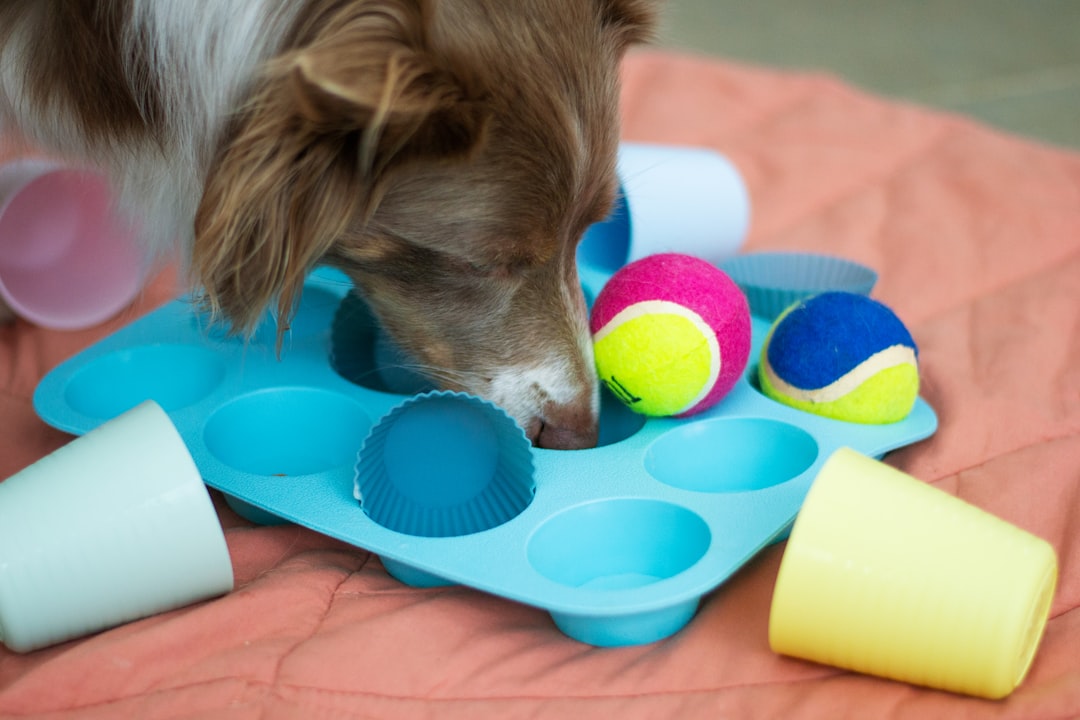
When your dog gets distracted by another dog, animal, or person, you can try the game of “Find-It.” Say, find it and quickly hide some treats nearby. Sniffing helps dogs calm down and gives them something to do besides barking, growling, or lunging.
This technique works because it redirects your dog’s energy into a natural, calming activity. Say, “Find it!” and chuck some soft, stinky treats on the ground when your dog sees another dog. Sniffing is calming for dogs, plus it gives your dog something to do besides barking/lunging. It’s like giving a fidgety child a puzzle to solve.
Practice this game at home first so your dog understands the cue. Try it without dogs around first, so that when your dog hears “Find it!” she puts her nose to the ground looking for those treats. Once they’re fluent in the game, you’ll have a powerful tool for those unexpected encounters.
Routine as Your Secret Weapon
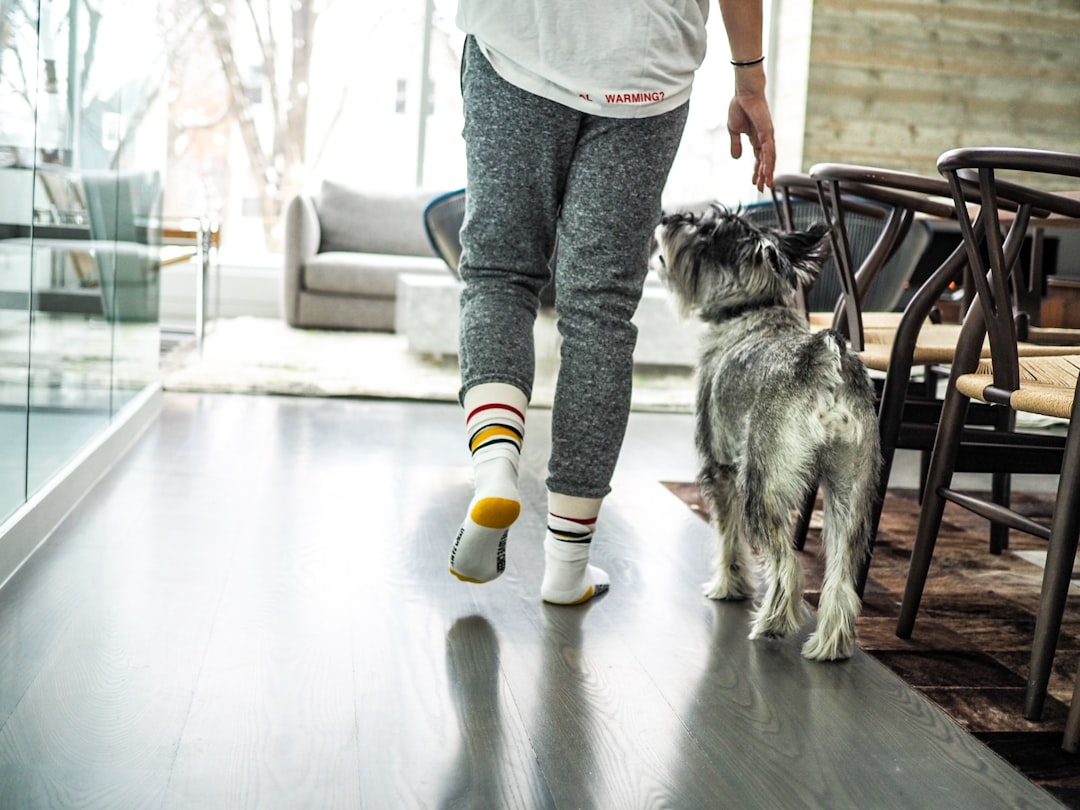
Dogs both love and crave routine. Routines make the world more predictable for your dog, which in turn, can help reduce any anxiety. Think about how comforting your own daily rituals are; dogs feel the same way about predictable schedules.
A predictable schedule, including regular walks, feeding times, and play sessions, can help ease a reactive dog’s nerves. Consistent daily routines can help them feel secure and less anxious. When dogs know what to expect, their baseline stress levels decrease, making them less likely to overreact to unexpected situations.
Dogs like routines as they help them understand everything better and feel more focused, calm, and safe in stressful situations. Create a schedule and stick to it as closely as possible. Your dog’s nervous system will thank you for the predictability.
Environmental Management at Home
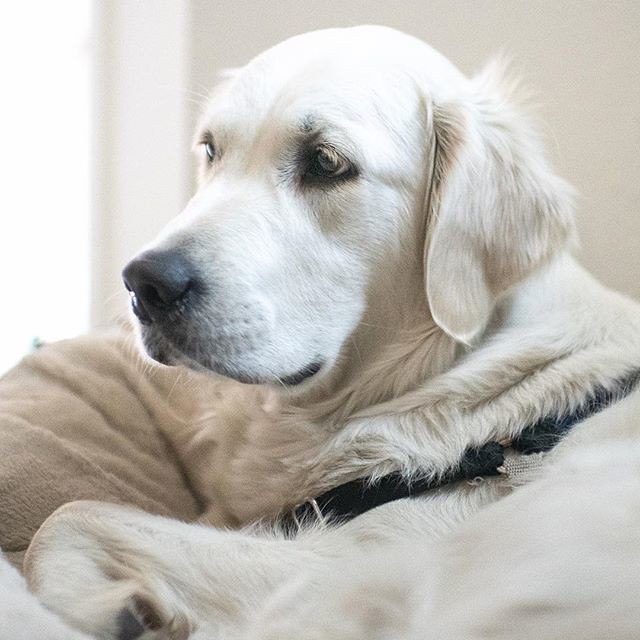
Sometimes the best training happens by preventing practice of unwanted behaviors. Ensuring your dog spends time at home in a predictable and calming environment are great for reactive dogs. If you need to make any household changes, such as closing curtains on windows that look out onto roads or ensuring your dog’s safe space is at the back of the house away from passers by and noise, do so.
Window reactivity is a common issue with reactive dogs. For example, your dog may constantly bark at a person walking by the window to make them go away. Simple changes like repositioning furniture, using baby gates, or installing privacy film can dramatically reduce your dog’s daily stress exposure.
Create a safe, quiet spot in your home for downtime, to help your dog decompress and feel secure. This could be a cozy corner with their bed, some favorite toys, and perhaps a white noise machine to muffle outside sounds. Think of it as your dog’s personal sanctuary where they can retreat when the world feels overwhelming.
Mental Enrichment Activities
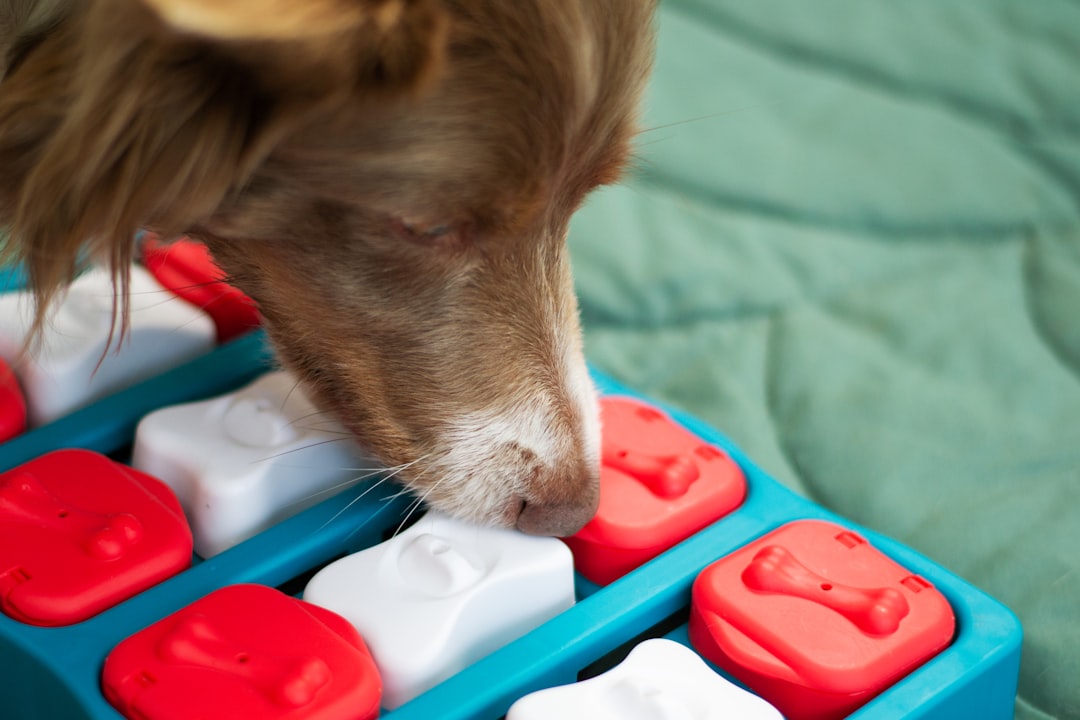
It’s not just physical exertion that tires dogs out but also mental exercise. Reactive dogs can really benefit from being challenged to think carefully and solve puzzles with smartness rather than force. A mentally tired dog is often a calmer dog, and enrichment activities provide an outlet for nervous energy.
Licky mats are a great activity for all dogs and will provide some mental stimulation for reactive dogs. You could even try incorporating it into your training on the go. Puzzle toys, snuffle mats, and treat-dispensing toys all serve the same purpose: engaging your dog’s brain in a positive, stress-reducing way.
Mat/settle training your dog to go to and settle on a mat is a wonderful way to reinforce calm. The more you do it, the more calm your dog will be in general. Teaching your dog to relax on cue becomes incredibly valuable during stressful moments. It’s like having a reset button for your dog’s emotional state.
Working with a reactive dog isn’t about finding a quick fix; it’s about building a toolkit of techniques that help your dog navigate the world with confidence. Dog reactivity is a complex issue but, with some patience, time and training, you can help your reactive dog become more calm, confident and happy. This will greatly reduce their reactions and give you more confidence to know how to handle your dog when they are reactive.
Remember, every small victory matters. The day your dog glances at another dog and looks back at you instead of lunging forward? That’s huge progress. The walk where they choose to sniff a bush instead of barking at a jogger? Another win. These techniques work, but they require consistency and patience. Your reactive dog isn’t broken; they just need help learning that the world isn’t as scary as they thought.
What has been your biggest challenge with your reactive dog? Tell us in the comments.

Gargi from India has a Masters in History, and a Bachelor of Education. An animal lover, she is keen on crafting stories and creating content while pursuing a career in education.






